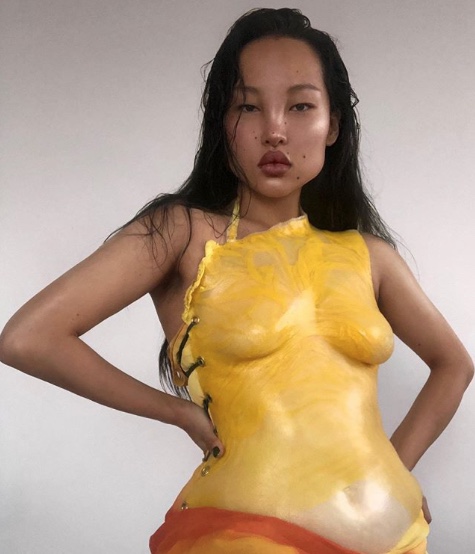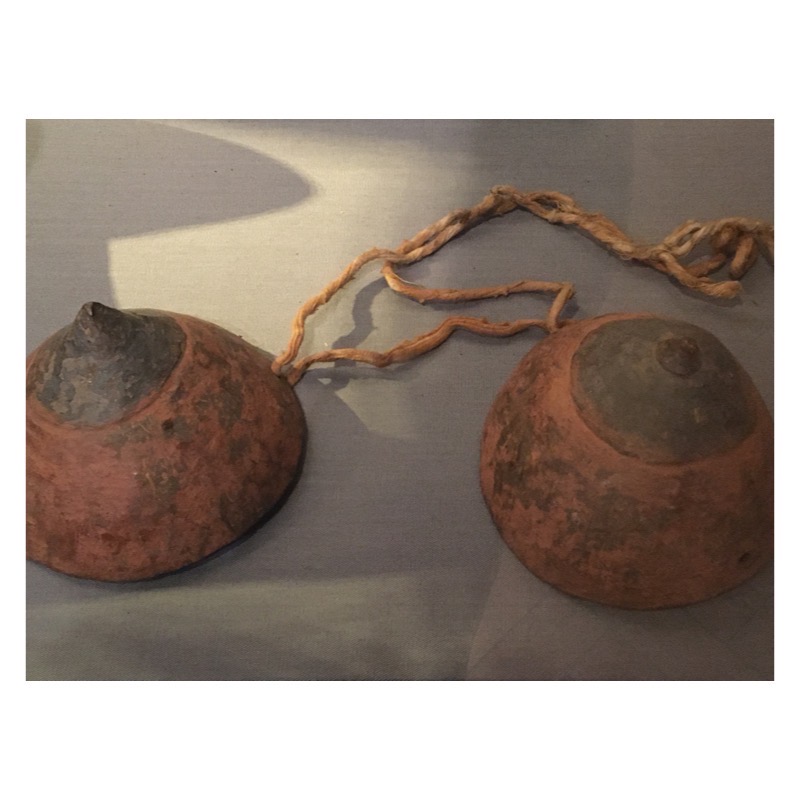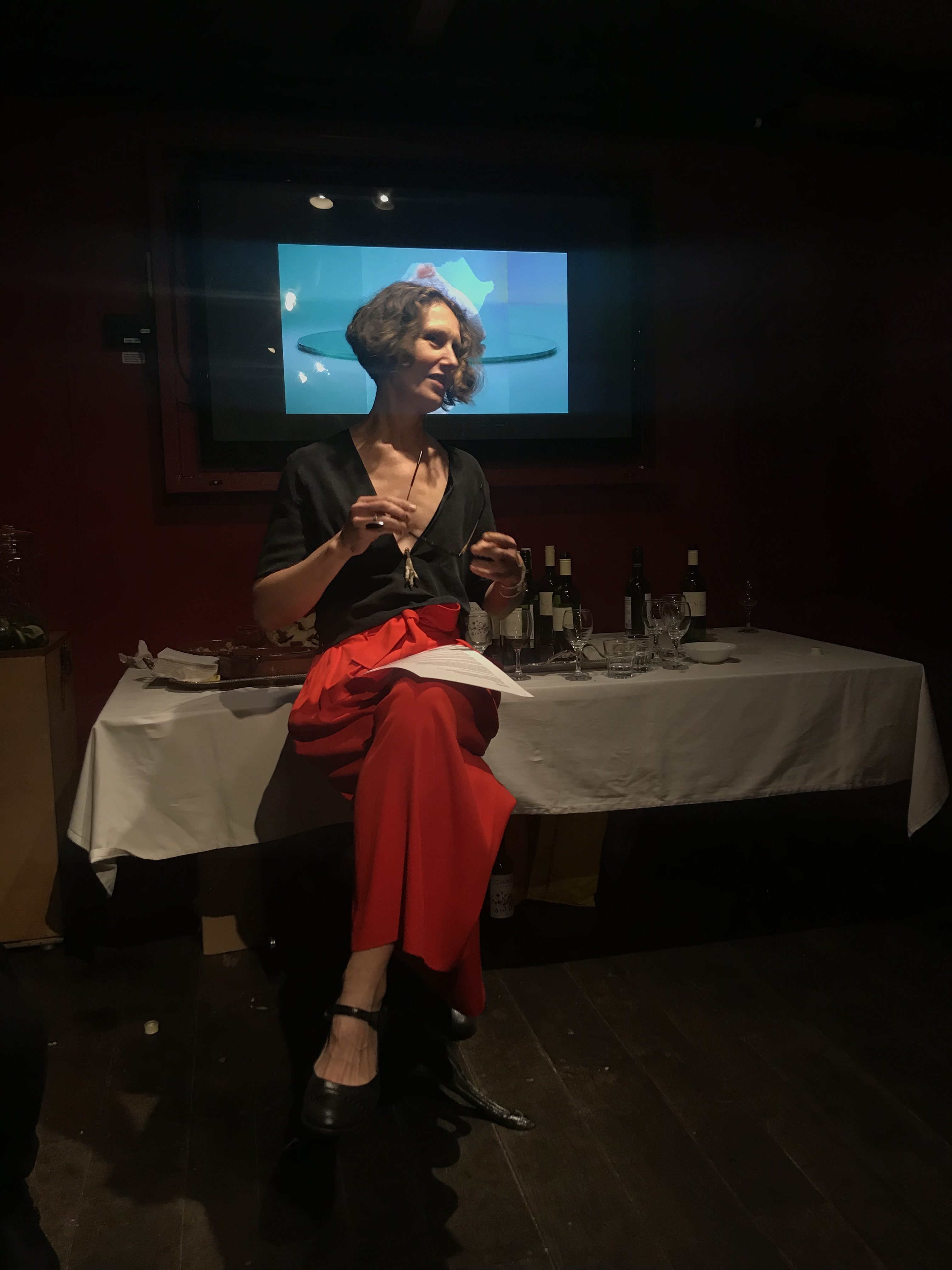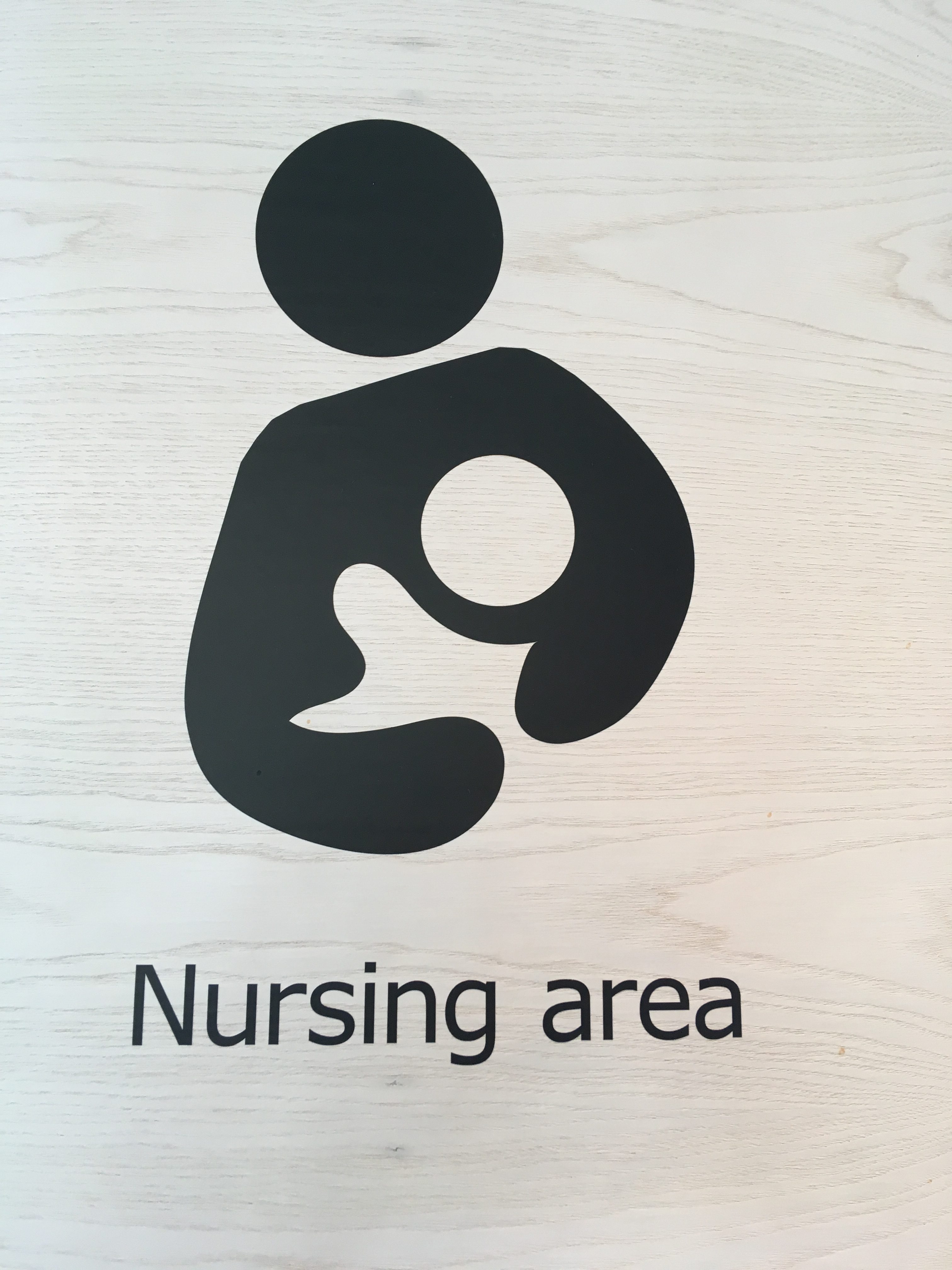
Protective shield, religious artefact, status symbol, fashion garment, memento, souvenir…
Since ancient times the Breastplate has been a warriorsmainstay to protect from injury. Initially made of leather, bronze or iron, these solid plates were replaced with chainmail by European knights but later on gained popularity again. Apart from protection the plate could be a status symbol, embellished for display and delight.
In classical mythology, Zeus, king of the gods, wore a leather breastplate (Aegis) thought to possess supernatural power. Like the warrior’s breast plates, the Aegis was a protective device.
More contemporary versions of mythological and fantasy creatures are often seen wearing breast plates mirroring the shapes of their torso, expressing beauty, strength or status.
Breastplates are also found within the religious realm. According to the book of Exodus, the high priest of the Israelites wore a sacred square breastplate with 12 jewels, each representative of a specific tribe. These plates were largely ceremonial in purpose “for glory and for beauty” rather than utility (Exodus 28:2).And whilst this was about beauty for the glory of a God,in the 19thCentury the breastplate started to appear in the secular realm of fashion, celebrating the beauty of the human physique mirrored in these moulded shapes, emphasizing the architectural silhouette of the body rather than decorating it.
In 1875, a female version of the ‘cuirasse bodice’ appeared in fashion magazines and remained en vogue throughout the 1880’s. It had “the appearance of a piece of armour,” notes historian Penelope Byrde in her book, Nineteenth-Century Fashion.
Although Tom Fords snazzy pink breast plates ( SS20 runway collection) are currently all over social media, many designers before him appropriated the plate including Yves Saint Laurent, Alexander McQueenand most notable Sinead O’Dwyer . The only female designer on the list, O’Dwyer is exploring how we perceive our bodies versus the reality of what our bodies actually look like. Instead of forcing your body to fit into a garment she creates pieces that fit the body.
Protective shield, religious artefact, status symbol and fashion garment, for me the breastplate became a memento, a souvenir. Just before my mastectomy we did a plaster mould of my chest from which a bronze breastplate was made, a reminder of what was and no longer would be…
Anna Versteeg


















